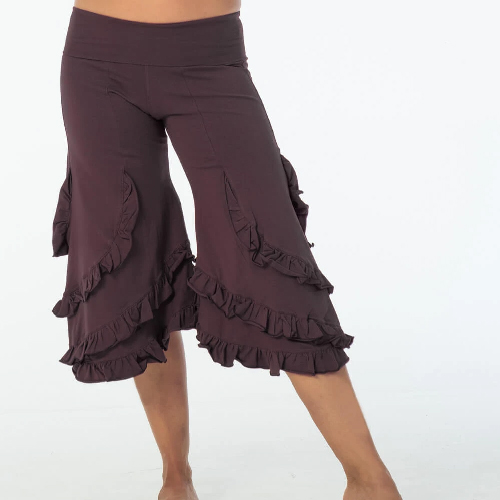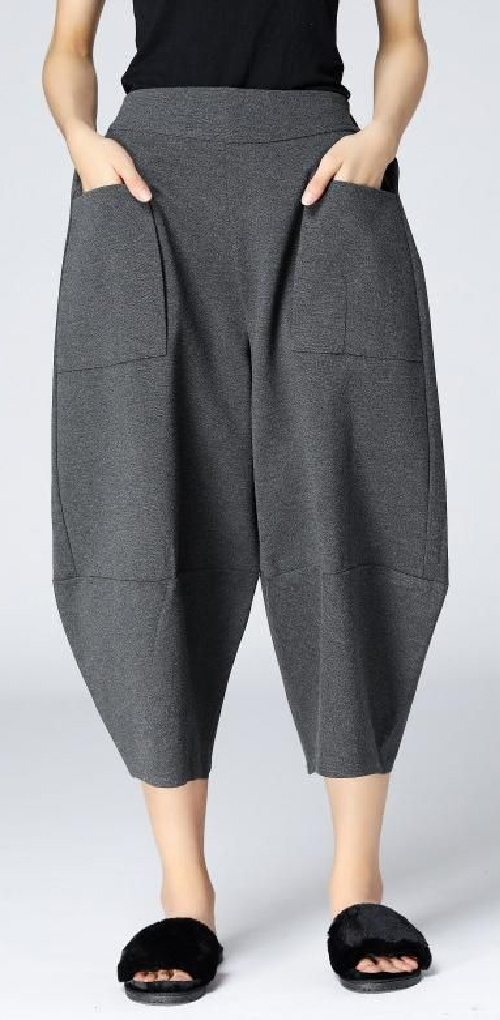Woman Wear
Bloomer
Bloomer
Bloomers, also called the bloomer, the Turkish dress, the American dress, or simply reform dress, are divided women’s garments for the lower body. They were developed in the 19th century as a healthful and comfortable alternative to the heavy, constricting dresses worn by American women. They take their name from their best-known advocate, the women’s rights activist Amelia Bloomer.
Bloomers were an innovation of readers of the Water-Cure Journal, a popular health periodical that in October 1849 began urging women to develop a style of dress that was not so harmful to their health as the current fashion. It also represented an unrestricted movement, unprecedented by previous women’s fashions, that allowed for greater freedom—both metaphorical and physical—within the public sphere.
The fashionable dress of that time consisted of a skirt that dragged several inches on the floor, worn over layers of starched petticoats stiffened with straw or horsehair sewn into the hems. In addition to the heavy skirts, prevailing fashion called for a “long waist” effect, achieved with a whale-bone-fitted corset that pushed the wearer’s internal organs out of their normal place. The result was a feminine population which, as one medical professor warned his students, was of no use as cadavers from which to study human anatomy.



Women responded with a variety of costumes, many inspired by the pantaloons of Turkey, and all including some form of pants. By the summer of 1850, various versions of a short skirt and trousers, or “Turkish dress”, were being worn by readers of the Water-Cure Journal as well as women patients at the nation’s health resorts. After wearing the style in private, some began wearing it in public. In the winter and spring of 1851, newspapers across the country carried startled sightings of the dresses.

